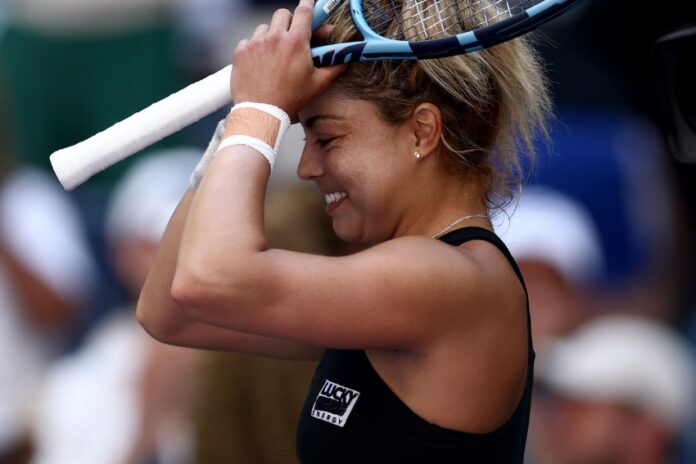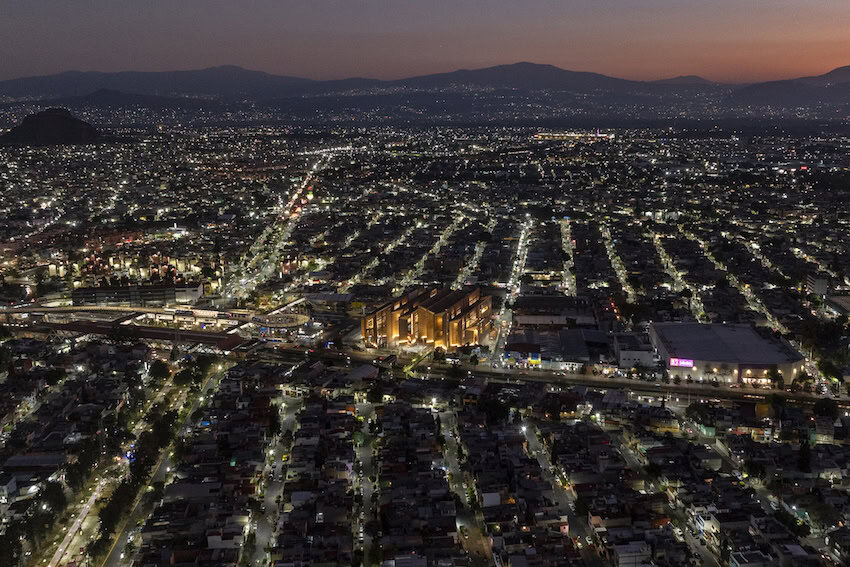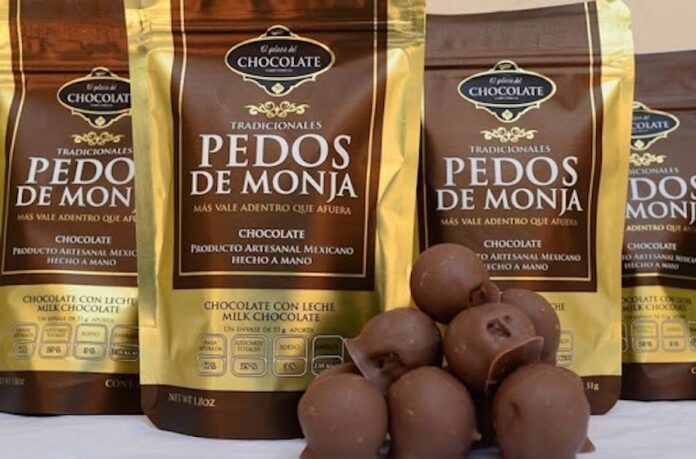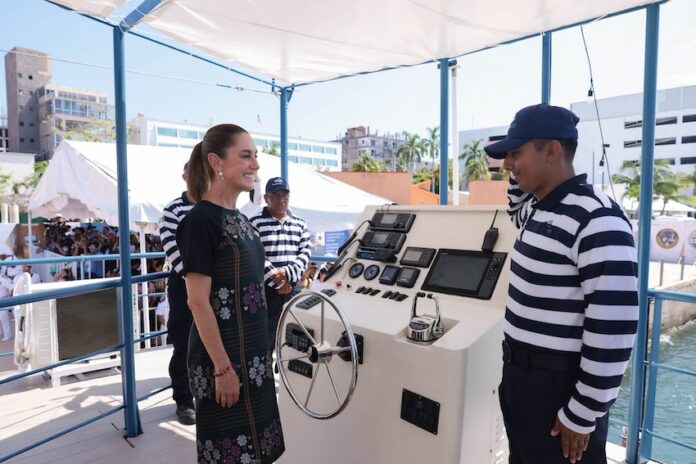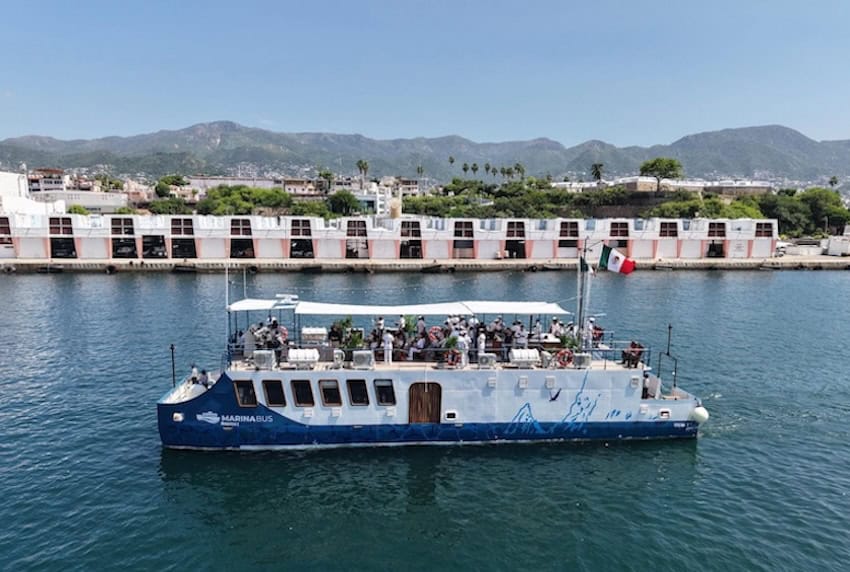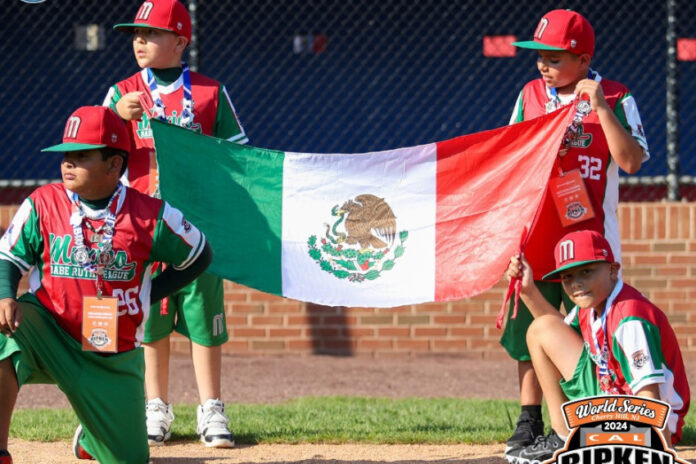Ismael “El Mayo” Zambada, a co-founder and longtime leader of the Sinaloa Cartel, pleaded guilty to drug trafficking charges in U.S. federal court on Monday, exactly 13 months after he was arrested in New Mexico following his alleged kidnapping in Mexico.
Zambada, 75, pleaded guilty to being a principal leader of a continuing criminal enterprise — the Sinaloa Cartel — and to a racketeering charge.
“Culpable,” he said in federal court in Brooklyn, New York, using the Spanish word for “guilty.”
The courtroom was “packed with members of the Drug Enforcement Administration and other U.S. law enforcement agencies,” Reuters reported.
Zambada — who will not face trial as a result of his guilty plea — will be sentenced to life in prison on Jan. 13, 2026, the presiding judge determined. As part of his plea agreement, he “agreed to the entry at sentencing of a [US] $15 billion forfeiture money judgment,” the U.S. Justice Department said.
According to U.S. prosecutors, the Sinaloa Cartel under Zambada’s leadership smuggled huge quantities of narcotics into the United States over a period of decades.
Ismael ‘El Mayo’ Zambada and US prosecutors in talks about a plea deal
“For decades, under El Mayo’s leadership, the Sinaloa Cartel made billions of dollars by importing poisonous drugs to the United States, flooding our streets with cocaine, heroin, and fentanyl,” said Acting Assistant Attorney General Matthew R. Galeotti.
Speaking through an interpreter, Zambada recounted a life in crime that he said began when he planted a marijuana crop at age 19 in 1969.
He entered his guilty plea two weeks after U.S. prosecutors said they wouldn’t seek the death penalty in his case.
What did ‘El Mayo’ say in court?
“Ismael Zambada García. Seventy-five. Up to sixth grade. Sinaloa”
They were the answers the Sinaloa native gave when asked in court to give his full name, his age, his highest level of studies and the place where he went to school.
Wearing prison attire, the bearded, gray-haired former capo read a prepared statement softly and rapidly, according to media reports.
The judge at the hearing was Brian M. Cogan, who presided over the trial of Zambada’s former business partner, Joaquín “El Chapo” Guzmán Loera, who is serving a life sentence in the “supermax” federal prison in Florence, Colorado.
In court, Zambada said that he recognized “the great harm illegal drugs have done to the people of the United States, of Mexico, and elsewhere.”
“I take responsibility for my role in all of it and I apologize to everyone who has suffered or been affected by my actions,” he said, referring to both drug trafficking and associated violence.
Zambada, who founded the Sinaloa Cartel with Guzmán Loera and others, made a number of other confessions during an eight-minute statement.
- He said he became involved in drugs in 1969 when he planted marijuana “for the first time.”
- He said he had trafficked at least 1.5 million kilograms of cocaine between 1980 and 2024. He said that most of that amount went to the United States.
- He said he was a Sinaloa Cartel leader between 1989 and 2024.
- He acknowledged that the Sinaloa Cartel was a large operation under his leadership. According to an Associated Press report, Zambada spoke about “underlings who built relationships with cocaine producers in Colombia, oversaw importing cocaine to Mexico by boat and plane and smuggling the drug across the U.S.-Mexico border.”
- He said that the Sinaloa Cartel had income of hundreds of millions of dollars per year.
- He said he had “a large number of armed men” at his service and under his control.
- He admitted to ordering murders, and noted that “a lot of deaths” occurred in wars against rival criminal groups. He also admitted that “many innocent people” died.
- He admitted that people working for him paid bribes to police, military commanders and politicians so that the Sinaloa Cartel could “operate freely.”
- He said that the organization he led “promoted corruption in my own country.”
- He responded “no, señor,” when asked whether he had been a drug addict or alcoholic.
Pam Bondi: El Mayo ‘will die in a US federal prison where he belongs’
At a press conference in New York on Monday, U.S. Attorney General Pam Bondi described Zambada’s guilty plea and his upcoming sentencing to life in prison as a “landmark victory for the Justice Department, our law enforcement partners and the United States of America.”
“Ismael Zambada García, also known as ‘El Mayo,’ has confessed to a lifetime of crime in service to the Sinaloa Cartel, a foreign terrorist organization,” she said.
“Thanks to the relentless work of our prosecutors and our federal agents, El Mayo will spend the rest of his life behind bars. He will die in a U.S. federal prison where he belongs. His guilty plea brings up one step closer to achieving our goal of elimination of the drug cartels and the transnational criminal organizations throughout this world that are flooding our country with drugs, human traffickers and homicides,” Bondi said.
“Under President Trump’s leadership, the Department of Justice is on the frontlines of this fight. We’re standing shoulder to shoulder with all of our law enforcement partners to dismantle these narco-terrorists, and that’s exactly what they are,” she said.
Co-Founder of the Sinaloa Cartel, Ismael ‘El Mayo’ Zambada Garcia, Pleads Guilty to Engaging in a Continuing Criminal Enterprise and Racketeering https://t.co/yHzUzHR7Iw @FBIWFO pic.twitter.com/8DOlLxvBIW
— FBI (@FBI) August 25, 2025
El Mayo, arrested in July 2024, is not cooperating with US government, says lawyer
Zambada’s submission of his guilty plea came exactly 13 months after he was arrested at a small airport in New Mexico after touching down in a private plane in the company of Joaquín Guzmán López, one of the sons of “El Chapo.”
He initially pleaded not guilty to drug trafficking charges during a brief court appearance last September.
Last August, a few weeks after his arrest, the former Sinaloa Cartel leader asserted that he was kidnapped and forced onto the U.S.-bound plane by Guzmán López, one of the leaders of the “Los Chapitos” faction of the Sinaloa Cartel. Guzmán López was also arrested and faces drug trafficking charges in the United States.
The alleged kidnapping and arrest of Zambada triggered an escalation of a long-running dispute between the “Los Mayos” faction of the Sinaloa Cartel and “Los Chapitos.”
The battle between the rival groups has claimed well over 1,000 lives since September 2024, and more than 1,000 people have disappeared in Sinaloa in the same period.
On Monday, Zambada’s lawyer, Frank Perez, said that his client had not made any commitment to cooperate with U.S. authorities as part of his plea agreement.
“He recognizes that his actions over the course of many years constitute serious violations of the United States drug laws, and he accepts full responsibility for what he did wrong,” Perez said in a statement.
“The agreement that he reached with the U.S. authorities is a matter of public record. It is not a cooperation agreement, and I can state categorically that there is no deal under which he is cooperating with the United States Government or any other government,” he said.
Perez told reporters that Zambada wouldn’t provide names of any politicians or others who allegedly received bribes from the Sinaloa Cartel. Genaro García Luna, security minister during the 2006-12 government of former president Felipe Calderón, was last year sentenced to more than 38 years in prison in the U.S. after he was convicted of colluding with the Sinaloa Cartel.
In his written statement, Perez also said that Zambada is “mindful of the impact of this case on his home state of Sinaloa.”
“He calls upon the people of Sinaloa to remain calm, to exercise restraint, and to avoid violence. Nothing is gained by bloodshed; it only deepens wounds and prolongs suffering. He urges his community to look instead toward peace and stability for the future of the state,” he said.
With reports from AP, Reuters, The New York Times, ABC News, Milenio, La Jornada, Reforma

